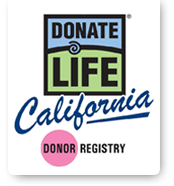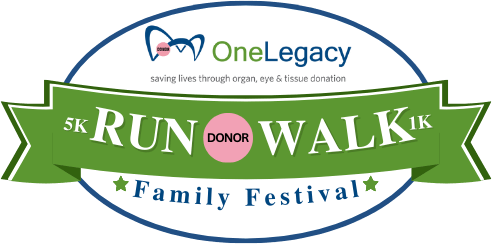 Growing up, Ray Schwartz had vision problems in both eyes, receiving his first pair of glasses at age 12. However, it wasn’t until age 26 that Ray was diagnosed with a genetic disease called Haab-Dimmer’s dystrophy, or corneal dystrophy, which affects the cornea, the transparent part of the eye that covers the iris, pupil and anterior chamber. Doctors informed Ray that his disease was progressing and would result in blindness in both eyes within a short period of time.
Growing up, Ray Schwartz had vision problems in both eyes, receiving his first pair of glasses at age 12. However, it wasn’t until age 26 that Ray was diagnosed with a genetic disease called Haab-Dimmer’s dystrophy, or corneal dystrophy, which affects the cornea, the transparent part of the eye that covers the iris, pupil and anterior chamber. Doctors informed Ray that his disease was progressing and would result in blindness in both eyes within a short period of time.
Shortly after, in November of 1961 at the age of 26, Ray underwent his first corneal transplant in the left eye. With a corneal transplant, a patient’s cornea, damaged by infection or in Ray’s case, disease, is replaced with donor corneal tissue. At the time of Ray’s first corneal transplant, the procedure was still new and the first transplant failed, leaving Ray blinded in his left eye. A second corneal transplant was tried six months later with no better success.
Twenty-one years later, now living in San Diego, Ray received a third cornea transplant. The results were immediate. When Ray opened his eye after surgery he could see! He screamed out, “I can see! I can see!”
The timing of the transplant was special because Ray had become a first-time parent two years earlier and with vision in both eyes restored, he had the ability to do more things with his son than ever before.
Once Ray’s vision was restored in his left eye, the doctors performed a corneal transplant in his right eye in 1984. He experienced some minor vision problems, most specifically blurred vision, but in 2012 he was fitted for a hard contact lens and with it, he has 20-20 vision in his right eye.
Unfortunately, transplants do not last indefinitely and Ray has required five more corneal transplants for a total of seven corneal transplants in his left eye and one in his right eye. Once again, after all these years, Ray has good vision in both eyes.
Ray considers himself a pioneer for corneal transplants. “Someone had to start,” he says. And in spite of his disease and resulting corneal transplants, Ray has obtained two Master’s degrees, become a state licensed clinical social worker (L.C.S.W.) spending most of his career in the mental health field, married, and has two sons.
“How can I express my gratitude for all those people who gave me that chance?” he asks. He does it by being a registered organ donor and volunteering with his wife, Bonnie, a living kidney donor who gave a life-saving kidney to her sister. Together he and Bonnie talk to high school students, sharing their first-hand their experiences with organ and tissue donation. “We are living and celebrating this experience every day!”
> More Stories






